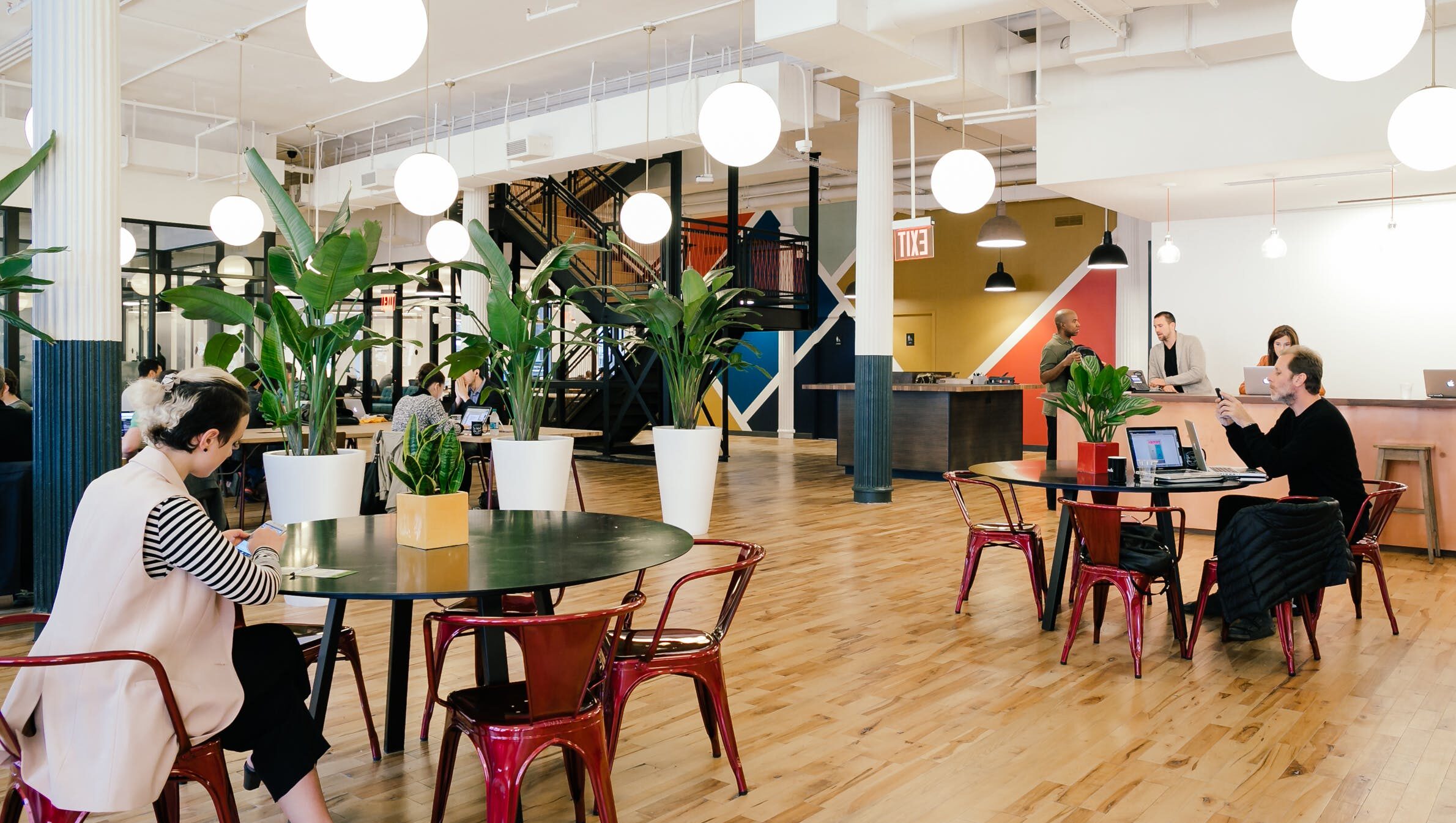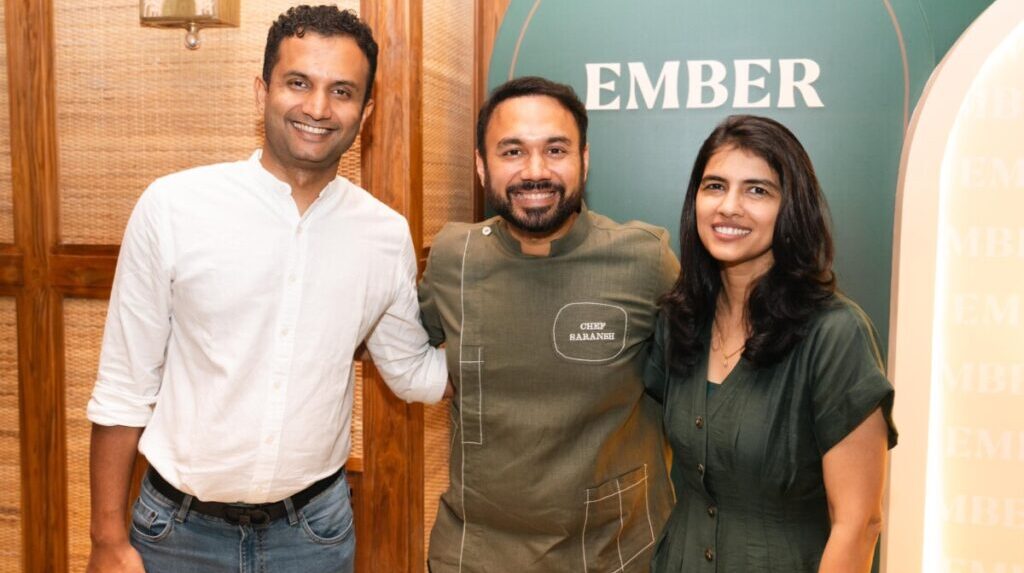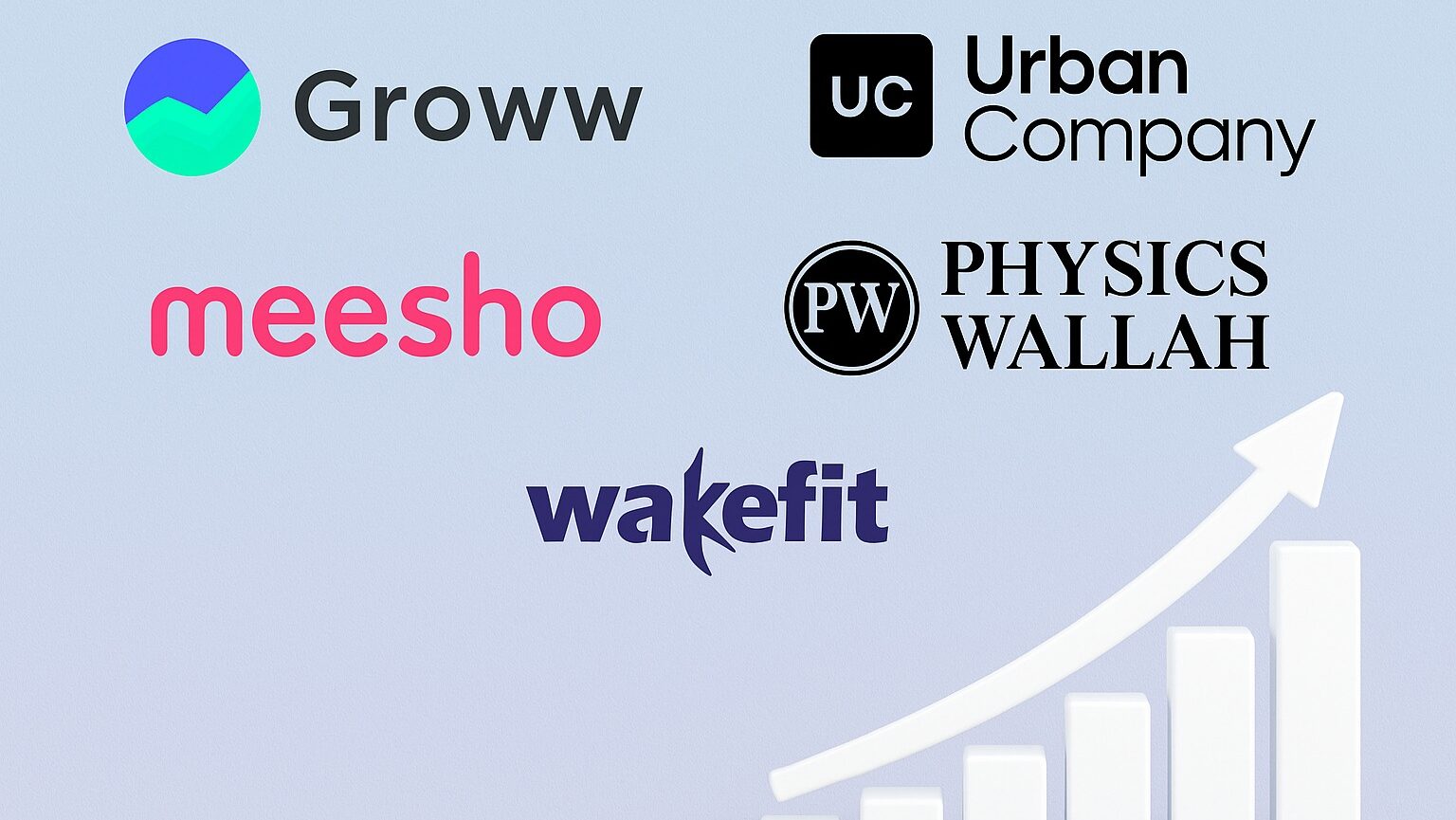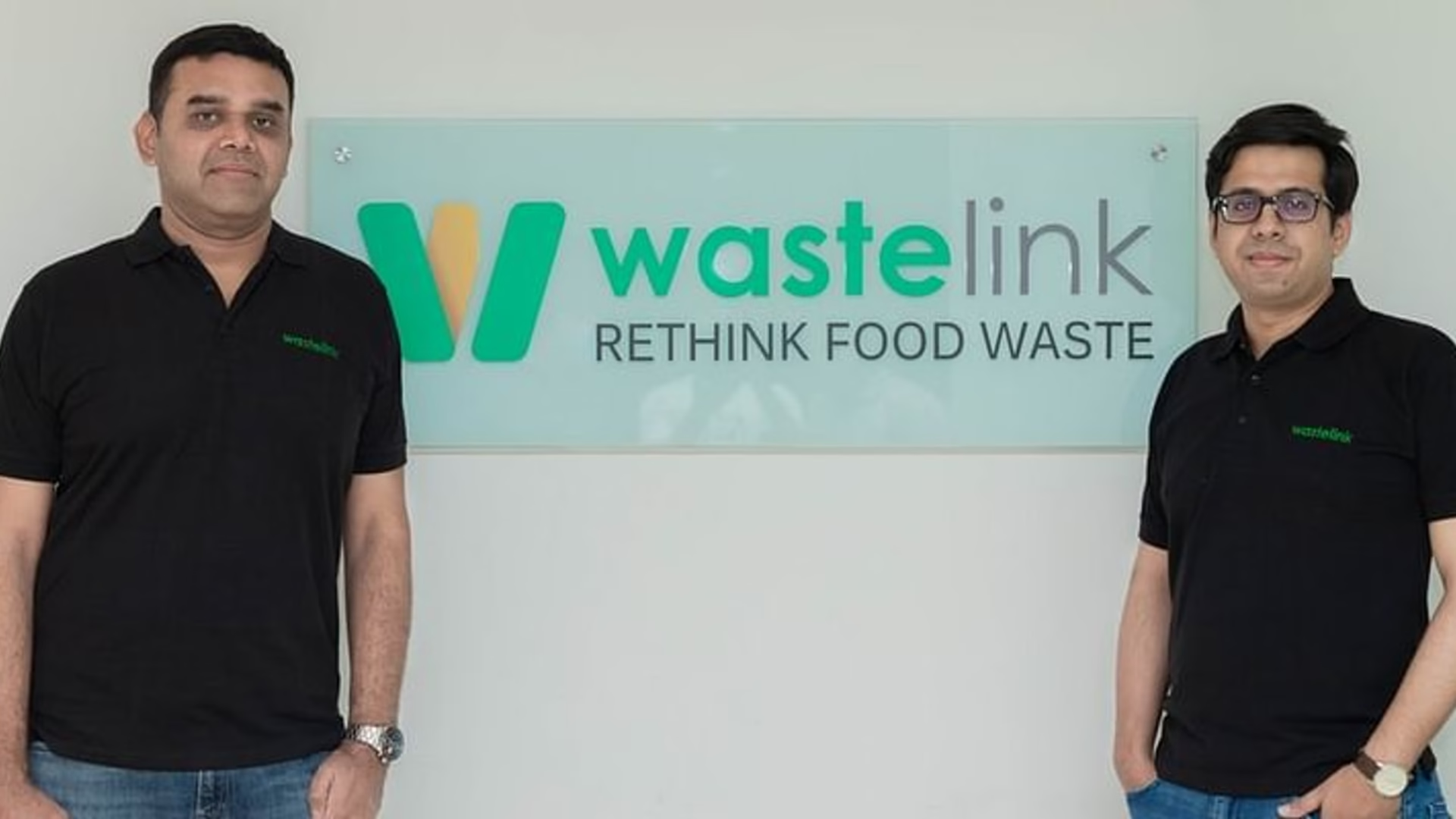As India tightens its stance on plastic use and global sustainability standards rise, the demand for eco packaging is booming. From biodegradable trays made of mycelium to bagasse containers, this sector has become one of the most promising low-investment ventures for green entrepreneurs.
Why the Buzz Around Eco-Packaging?
- Plastic bans in over 25 states in India.
- E-commerce majors like Amazon and Flipkart are shifting to 100% sustainable packaging.
- ESG mandates by corporates and exporters.
- International buyers looking to replace plastic with compostable alternatives.

Business Model: Eco-Friendly Packaging Manufacturing Unit
Product Options:
- Mycelium-based packaging – grown from mushroom roots, ideal for fragile goods.
- Bagasse (sugarcane waste) packaging – food-safe trays, bowls, and containers.
- Paper pulp molded packaging – for electronics, cosmetics, and industrial goods.
Let’s break down how to start a bagasse packaging unit, as it is easier to scale quickly and has broad market applications in India.
Eco Packaging Business: Step-by-Step Setup Guide
1. Market Research (Week 1–2)
- Identify target buyers: food delivery chains, caterers, supermarkets.
- Study local competition.
- Understand state-level plastic restrictions and incentives.
2. Choose a Product Category
Start with 1–2 SKUs:
- Meal trays (5-compartment)
- 500ml round bowls with lids
These are high-volume, frequently ordered by restaurants.
3. Legal Setup (Week 2-3)
- Register a company (OPC or LLP): ₹8,000–₹12,000
- Udyam registration
- FSSAI license (if for food packaging)
- Pollution NOC (varies by state)
4. Machinery & Tools (Week 4-6)
| Item | Cost (₹) |
|---|---|
| Semi-automatic pulp molding machine | 2.5-3.5 lakh |
| Hydraulic hot press | 1.5-2 lakh |
| Grinder + Pulp tank | 80,000 |
| Drying rack/oven | 70,000 |
| Water recycling tank | 50,000 |
| Total Setup Cost | ₹5.5-7 lakh |
5. Raw Material Sourcing
- Bagasse (from sugar mills) – ₹3–5/kg
- Binders (optional) – ₹40–50/kg
- Local suppliers offer seasonal rates; negotiate annual supply contracts.
Realistic Revenue & Profit Projections
Let’s assume:
- You start with 1 machine producing 2,000 units/day.
- You operate 25 days/month.
Monthly Revenue:
- Selling price: ₹2.5/unit (to B2B buyers)
- Monthly output: 2,000 × 25 = 50,000 units
- Total revenue: ₹1,25,000
Monthly Expenses:
| Cost Head | Amount (₹) |
|---|---|
| Raw material | 20,000-25,000 |
| Labor (3–4 workers) | 30,000 |
| Electricity & water | 8,000 |
| Packaging & logistics | 10,000 |
| Miscellaneous (rent, etc.) | 12,000 |
| Total Expenses | ₹80,000-85,000 |
Monthly Profit:
₹40,000-45,000 (32–35% margin) in the first 6 months.
Scale-Up Potential (After 6-12 Months)
- Add a second machine → ₹80,000-90,000 profit/month.
- Start branded sales on Amazon/Flipkart with food-grade certification.
- Target exports to UAE, Europe (₹5-7/unit retail value).
- Support Available
- Grants/Subsidies:
- MoEFCC offers ₹50,000, ₹5 lakh support for green units.
- State industrial policies (e.g., Tamil Nadu, Maharashtra) provide 15–25% capital subsidy.
- Incubators/Accelerators:
- UNIDO FLCTD, AICs, and startup incubators in NID/IITs support green startups.
- Certification:
- BIS standards for compostability
- CPCB approval for food packaging
- Export-ready: FDA & EU compostability certifications (optional)
Case-in-Point: Local Hero
Asha Packaging, Kolhapur started in 2023 with ₹6.5 lakh and now supplies 2.5 lakh units/month to hotels in Mumbai and Pune. Founder Vaibhav Patil expects ₹1 crore turnover in FY25.
Eco Packaging: Financially Sound And Scalable Model
Starting an eco-friendly packaging business today isn’t just good for the planet, it’s a financially sound, scalable model. With India’s push toward green transitions and the rising global demand, this is your opportunity to turn sustainability into profitability.
Also Read: Vermicomposting Business Under ₹2 Lakh: A Green Startup


























PremiumCaviar
What a joy to read this today. Thank you!